SEO copywriting goes beyond the essential integration of keywords; it’s a nuanced art that extends to various elements, including meta descriptions. For SEO content writers, recognizing meta descriptions as more than just informative snippets is crucial—they are opportunities to showcase skills and engage readers on a deeper level. The significance of meta descriptions becomes even more apparent when considering the impact on user engagement and search engine rankings.
According to a study conducted by HubSpot, meta-descriptions can significantly influence click-through rates (CTR). Pages with compelling and well-crafted meta descriptions experience a higher likelihood of attracting clicks compared to those with generic or absent meta descriptions. In fact, their research found that meta-descriptions with a clear call-to-action can lead to a 5.8% increase in CTR.
Beyond being a mere technical element for search engines, meta descriptions serve as a marketing tool. They are your chance to sell the content effectively and entice users to click through to your website. In a survey conducted by Backlinko, they found that 70-160 characters in meta descriptions tend to result in higher click-through rates. Striking a balance between conciseness and informativeness in this character range can significantly impact user engagement.
While keywords remain fundamental for SEO, the meta description provides an additional layer of optimization and user appeal. A compelling meta description not only improves click-through rates but can also contribute to a lower bounce rate, as users are more likely to stay engaged with content that aligns with their expectations set by the meta description.
What is SEO Copywriting?
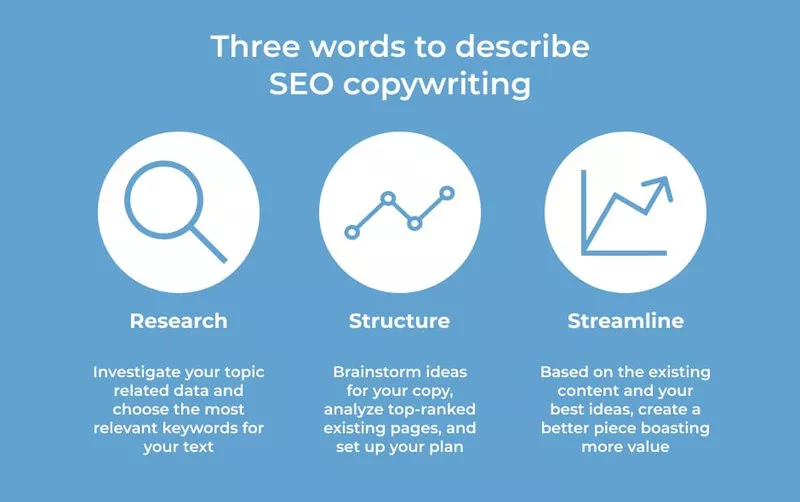
SEO copywriting involves the creation of high-quality, engaging, and informative text that is specifically optimized for search engines. This process requires a meticulous integration of relevant keywords and phrases into the content, aiming to enhance the chances of achieving higher rankings in search engine results pages (SERPs) and attracting the attention of the target audience.
Elements of SEO Copywriting:
- Keyword Integration: SEO copywriting emphasizes the strategic inclusion of relevant keywords and phrases within the content. This ensures alignment with search queries and increases the content’s visibility in SERPs.
- Readability and Engagement: While optimizing for search engines, SEO copywriting places equal importance on maintaining readability and providing value to the reader. Engaging and informative content contributes to a positive user experience.
- Visibility Improvement: The primary objective of SEO copywriting is to enhance the visibility of the content. By aligning with search engine algorithms and user queries, well-optimized content is more likely to appear prominently in search results.
- Target Audience Focus: SEO copywriting aims to capture the attention of the target audience. By incorporating keywords relevant to the audience’s interests and needs, the content becomes more effective in reaching and resonating with the intended readership.
- Survey Insights: The relevance of SEO copywriting is underscored by recent survey insights. According to the data, marketers prioritize technical SEO as their top initiative in the copywriting process. This is followed by a focus on keyword research, as well as SEO strategy and planning.
Benefits of SEO Copywriting:
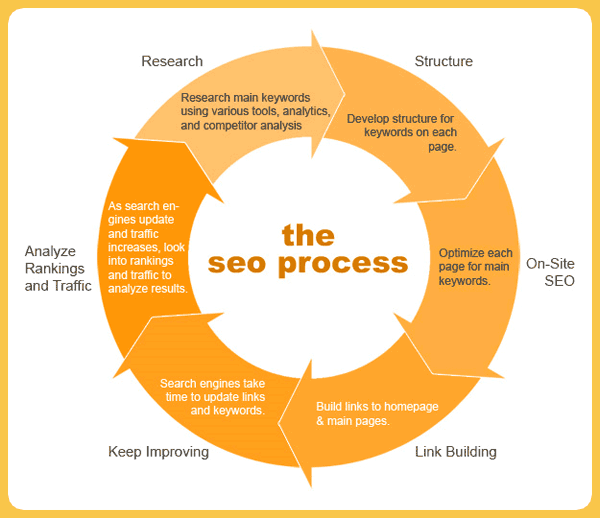
- Optimized Visibility and Rankings: Good SEO copywriting involves strategic keyword integration, ensuring that your content aligns with what users are actively searching for. Companies like Zappos strategically use SEO copywriting to rank higher for specific shoe-related keywords, attracting users actively looking for their products.
- Positive User Experience: Crafting content that engages and satisfies your audience is a core aspect of SEO copywriting. Companies like Lonely Planet excel in providing detailed and captivating travel guides. This not only appeals to search engines but also immerses readers in the destination, leading to longer time spent on their site and lower bounce rates.
- Conversion Optimization: Good SEO copywriting goes beyond attracting visitors; it encourages them to take desired actions. HubSpot integrates SEO copywriting to create persuasive content and effective calls-to-action, leading to better conversion rates.
- Brand Authority and Trust: Building brand authority is a long-term goal of SEO copywriting. Companies like The Motley Fool consistently produce high-quality content and become trusted resources in the finance industry, strengthening trust with their audience.
- Multi-Platform Optimization: Adapting content for various online platforms extends the reach of your SEO copywriting efforts. Lifestyle brands like Nike utilize SEO copywriting by crafting compelling captions and optimizing hashtags, ensuring a consistent and engaging message across multiple platforms.
- Adaptability to Algorithm Changes: SEO copywriting requires staying informed about changes in search engine algorithms. A tech blog like TechCrunch consistently updates content to align with Google’s algorithm changes, staying ahead in the dynamic digital landscape.
- Strategic Keyword Integration: Effective SEO copywriting involves not only targeting broad keywords but also utilizing long-tail keywords to capture niche audiences. A gardening blog like Gardeners’ World optimizes for long-tail keywords, attracting a specialized audience seeking detailed information.
- Voice Search Readiness: SEO copywriting that considers voice search involves optimizing content for natural language queries. A local restaurant, like Grubhub, ensures that its website content includes phrases like “best Italian restaurants near me” to align with voice search, increasing its chances of being found.
- Competitive Edge: Standing out in search results requires SEO copywriting that goes beyond the basics. E-commerce giant Amazon consistently updates product descriptions, incorporates customer reviews, and optimizes for emerging keywords, gaining a competitive edge by providing fresh and relevant content.
- Cost-Effective Marketing: SEO copywriting is a cost-effective marketing strategy compared to paid advertising. Companies like Moz focus on SEO copywriting to create valuable blog content, attracting a steady stream of organic traffic and reducing the need for continuous paid promotion.
Strategies to Implement Effective SEO Copywriting:
1. Leverage Meta Descriptions to Elevate Your Content Marketing
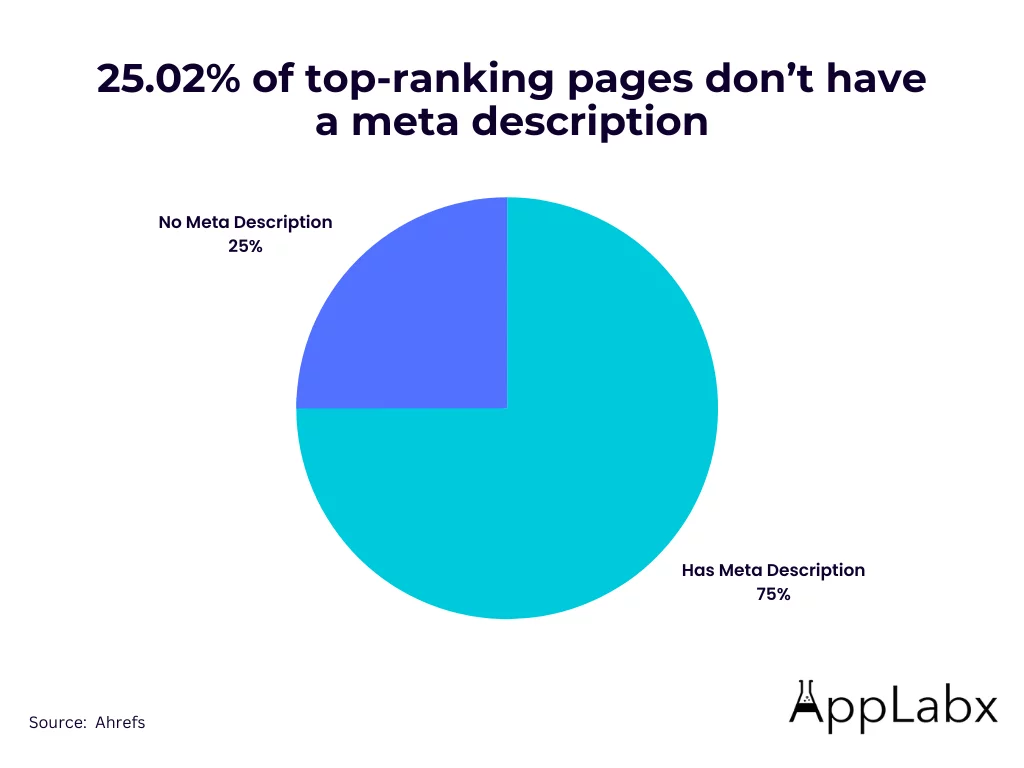
Crafting meta descriptions is a valuable exercise for honing your SEO writing skills. If you’re an SEO content writer, view meta descriptions not just as a requisite element but as a golden opportunity to showcase your abilities and effectively sell your content. While incorporating keywords is essential for higher rankings, meta descriptions go beyond mere technicalities – they serve as a tool to entice readers and drive engagement.
Make the most of your meta descriptions by infusing them with action words or verbs, providing readers with a tangible sense of what they can achieve or experience through your content. Elevate your approach by incorporating a Call-To-Action (CTA) that guides readers on the next steps. For instance:
– “Embark on a culinary journey to success with these mouthwatering recipes…”
– “Explore innovative ways to enhance your lifestyle through our insightful blog…”
– “Immerse yourself in the possibilities of overnight entrepreneurship – read more now.”
2. Deciphering Search Intent in SEO Copywriting
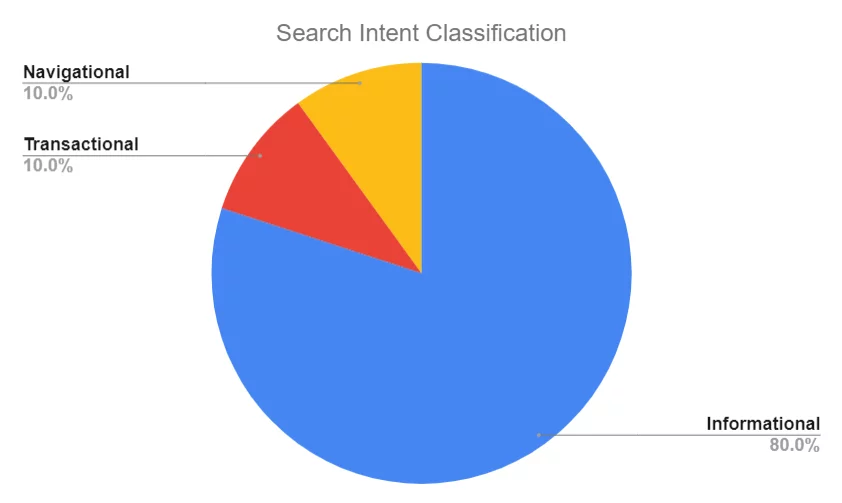
Understanding the essence of what people seek is foundational to effective SEO copywriting. Successful marketing hinges on a profound comprehension of your target audience. To fortify your SEO strategy, categorize search intent or keyword intent into three main types:
- Transactional: This category involves individuals aiming to purchase a product, such as new sneakers. Utilizing Google, they seek the best deals on running shoes before making a purchase.
- Informational: Search engines serve as conduits for users to acquire and share information. This aligns with the internet’s fundamental purpose. Informational intent fuels ‘how-to’ blogs and journalistic content.
- Navigational: Few individuals directly input URLs to find specific websites. Instead, people rely on search engines to scan and identify relevant pages based on entered keywords.
Learn about backlink profiling for SEO here.
3. Navigating Keyword Research
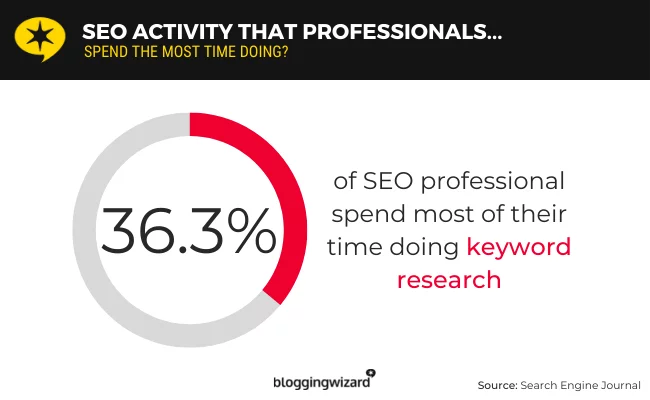
Once equipped with insights into user search patterns, the focus shifts to pinpointing the optimal keywords. While not the sole determinant for success, keyword research remains a pivotal aspect of any copywriting strategy. Employ the right tools for effective research:
- Ubersuggest: Neil Patel’s Ubersuggest offers comprehensive insights into monthly search volumes, SEO difficulty, and CPC for selected keywords.
- Ahrefs: Ahrefs’ Keyword Explorer, with its vast keyword database, stands out as a premium research tool for serious SEO copywriters, providing in-depth analytics.
- SEMRush: Renowned for claiming the largest keyword database, SEMRush is invaluable for displaying top keywords for websites and their corresponding traffic.
- Google Keyword Planner: While primarily designed for Google Ads, Google Keyword Planner serves SEO copywriters well by providing essential insights into choosing the right keywords.
4. Plan and Draft Your Article
Prioritize planning and outlining your content before diving into writing. Successful SEO content, crafted by adept SEO copywriters, owes its performance to meticulous planning. Establishing a structured plan makes it more feasible to target search engine optimization effectively. Your outlined plan should encompass:
- Chosen Keywords: Clearly define the keywords you intend to use and establish the frequency of their inclusion.
- Search Intent: Align your article with a specific search intent, shaping the content around the user’s likely purpose.
- Word Count: Determine the optimal length for your content, ensuring it aligns with SEO best practices.
- Headline: Craft a compelling headline that encapsulates the essence of your content. Remember, it serves as the ‘H1’ tag.
- Links: Identify relevant internal and external links to enhance the credibility and depth of your content.
- Research: Specify key research elements, such as statistics or findings, that will contribute substantively to your article.
- Meta Description: Outline a concise meta description tailored for SERP snippets, enticing both search engines and readers.
It’s crucial to remember that the goal is not just to appease Google but to engage readers. Adding value to your website copy is essential for reader engagement.
5. Structure Your Article
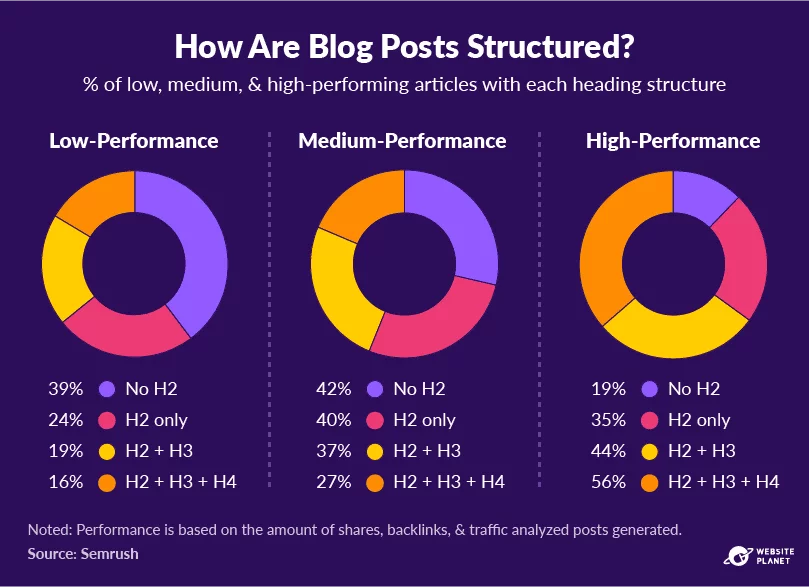
Transcend the planning phase by implementing a well-defined structure for your article. Proper formatting is paramount, as website content loses its impact without it. Essential components of structuring include:
- Headline Selection: Choose a headline that not only captures the essence of your content but also aids Google in assessing its relevance to readers. The headline is designated as ‘H1.’
- Subheadings: Break down information effectively using ‘H2’ subheadings, contributing to a more organized and reader-friendly layout.
- Further Subdivision: Within each sub-category, utilize ‘H3’ tags to further divide and delineate content, aiding in keyword placement and improving the overall reading experience.
6. Create Content

Embarking on the content creation phase is the culmination of meticulous planning, keyword optimization, and article structuring. At this juncture, every content writer or copywriter is tasked with finding that elusive “killer flow” – a harmonious blend of SEO precision and captivating writing. While the groundwork involves strategic keyword inclusion and well-defined structures, the true essence of great SEO copywriting lies in the creation of high-quality, well-researched, and compelling content.
The term “killer flow” encapsulates the need for content that goes beyond meeting technical criteria; it must be original, engaging, and capable of motivating readers to take action. In an era where fresh ideas are a rarity, the challenge is to think creatively and strive for uniqueness in content creation. The crucial question to ask during the content production process is, “Who will amplify this and why?” as highlighted by Rand Fishkin. This perspective underscores the importance of creating content that not only aligns with SEO objectives but also resonates with the audience, prompting them to share and engage.
Editing holds paramount importance in the content creation process. Poorly worded content, replete with spelling errors, grammar mistakes, or improper word usage, is a turn-off for both readers and Google’s algorithms. Google penalizes such issues, emphasizing the need for impeccable language and structure. To achieve this, leverage editing tools that enhance the quality of your writing:
- Grammarly: A plugin that edits your work in real-time, Grammarly highlights spelling, grammar, and punctuation errors, facilitating seamless proofreading.
- Hemingway App: This tool identifies areas for improvement in your writing, such as passive language or excessive use of adverbs, elevating the overall quality of your content.
- Ginger: Utilizing AI technology, Ginger software suggests enhancements to bring your words to life, providing valuable insights for refining your content.
Conclusion:
Successful SEO copywriting involves a delicate balance between satisfying the requirements of search engines and providing valuable, user-centric content. The integration of targeted keywords, optimization of meta elements, and the creation of high-quality, relevant content contribute to a holistic approach that can positively impact a website’s search engine rankings.
As search engines continue to prioritize user experience and relevance, SEO copywriting remains a dynamic and evolving field. Staying adaptable and responsive to algorithm changes while consistently producing valuable content is key to long-term success in the digital landscape.
FAQs on SEO Copywriting:
What role do user engagement metrics play in SEO copywriting?
User engagement metrics, such as bounce rate, time on page, and click-through rate, provide insights into how users interact with your content. Search engines consider these metrics when evaluating the quality and relevance of your content.
How do voice search and mobile optimization impact SEO copywriting?
Voice search and mobile optimization are critical considerations. Optimize content for conversational queries that users may speak aloud. Ensure your website is mobile-friendly, as mobile responsiveness is a key factor in search engine rankings.
Are there SEO considerations for multimedia content like videos and images?
Yes, optimizing multimedia content is essential. Use descriptive filenames, include alt text for images, and provide transcripts for videos. This enhances accessibility, improves user experience, and contributes to SEO.



